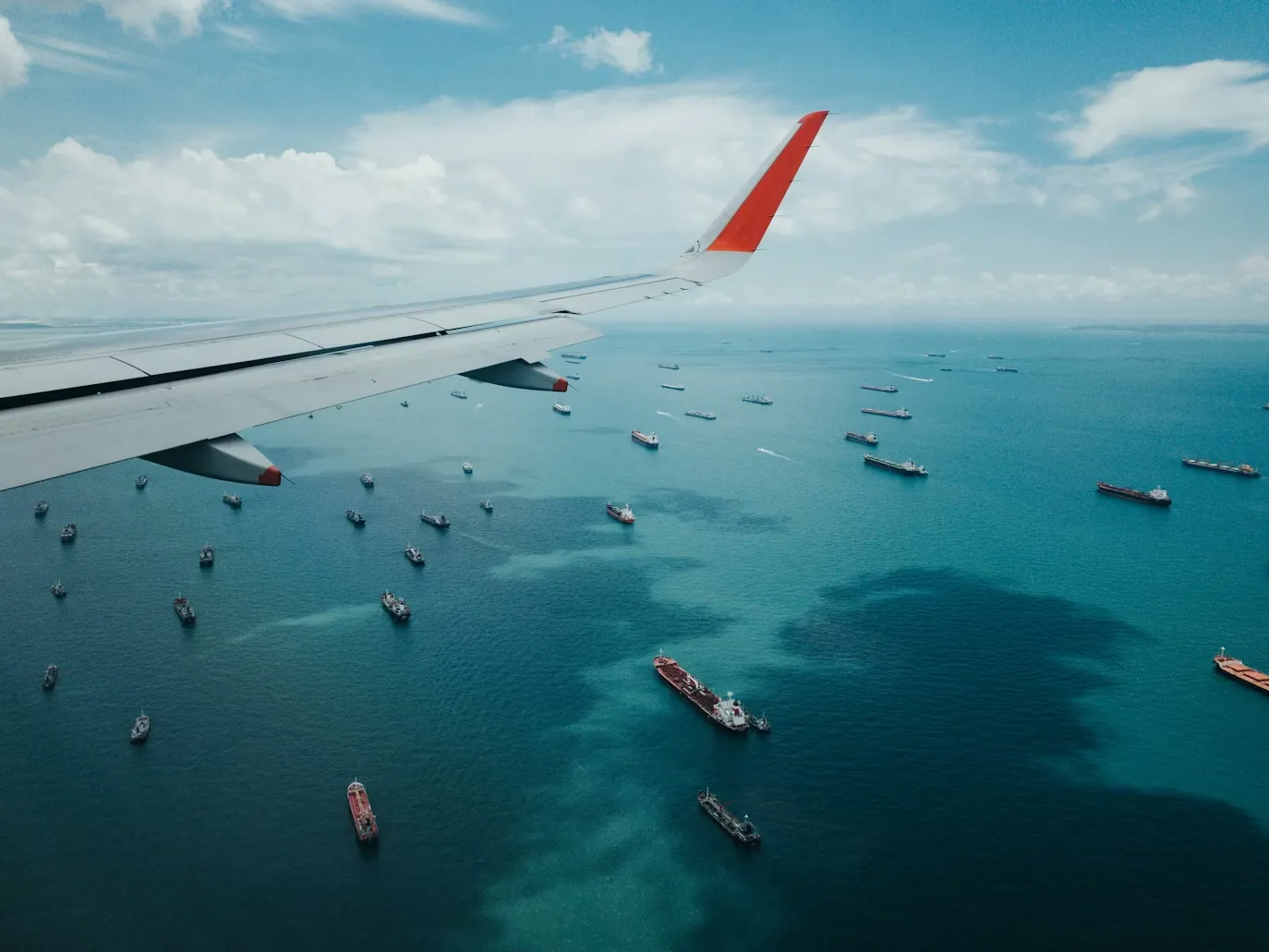
Getting temperature-sensitive products from one location to another involves more than just packaging and transport. These items often carry a specific shelf life, performance requirement, or safety threshold that can be compromised if exposed to the wrong conditions. Whether it's food, pharmaceuticals, cosmetics, or chemicals, the wrong temperature can degrade or destroy the integrity of the product. Proper shipping protocols not only protect the shipment but also the trust of consumers and business partners. Managing these variables demands planning, awareness of transit conditions, and a clear understanding of the product’s needs from departure to delivery.

One of the biggest risks when transporting temperature-sensitive items is loss of product quality. Minor fluctuations during transit can spoil food, reduce the efficacy of medication, or destabilize lab samples. Many businesses rely on thermal protection to control these risks, especially during long journeys or shipments across changing climates. When implemented correctly, it helps maintain the original condition of products, preserving their integrity, safety, and effectiveness throughout the journey. Without these measures, companies face returns, liability issues, and loss of consumer confidence.
When goods fall outside their required temperature range, the results can be far-reaching. In pharmaceuticals, even brief exposure to higher temperatures can render medication ineffective or dangerous. For biological samples or vaccines, the consequences can be irreversible. In food distribution, perishable goods subjected to excessive heat or freezing can become unsafe to consume. These excursions not only affect the immediate product but may trigger broader quality assurance failures. Regulatory agencies often require records of temperature stability for compliance. If that data shows even one critical deviation, entire batches might be discarded. The stakes, both financial and reputational, are too high to leave temperature control to chance.
Protective packaging plays a frontline role in temperature-sensitive logistics. Choices in insulation materials, phase change gels, dry ice, and vacuum-sealed wraps all contribute to stable conditions during shipment. The design of the packaging should reflect both the expected travel time and the environmental challenges along the route. Lightweight but high-performance materials help manage internal climate without adding unnecessary weight. Just as critical is the use of tamper-evident seals, clear labeling, and instructions for handling. Good packaging doesn’t just insulate; it communicates and protects against human error. Testing packaging under simulated transit conditions before real-world use can save time, money, and inventory in the long run.
Not all logistics providers have the same level of experience or equipment to handle sensitive cargo. Shipping partners must understand the demands of temperature-controlled logistics and provide infrastructure that aligns with those needs. This includes access to refrigerated vehicles, real-time tracking, and warehouse spaces that support cold chain integrity. Partners should be transparent about their protocols, contingency plans, and history with similar shipments. Trusting unproven handlers with temperature-sensitive freight can increase risk, particularly during border crossings, customs inspections, or unexpected delays. Choosing partners who are certified in good distribution practices and have documented success with similar products provides added confidence.
Modern shipping practices rely heavily on data to guarantee the safety of temperature-sensitive shipments. Real-time temperature logging devices and GPS trackers now allow constant visibility into a product’s condition and location. These tools alert stakeholders to temperature shifts before a problem becomes irreversible. Some devices transmit data to a centralized dashboard, where teams can take action if a shipment begins to approach a critical threshold. Maintaining historical records is also helpful during audits or in the event of a dispute. Technology doesn’t replace good practice, but it adds a layer of accountability and response capability that traditional methods lack. Choosing the right sensors and platforms depends on the sensitivity of the goods and the length of the transit.

Shipments rarely follow a perfect schedule. Weather disruptions, customs backlogs, mechanical failures, or miscommunications can extend transit time beyond projections. For temperature-sensitive cargo, those delays raise serious concerns. Preparing for the unexpected starts with packaging that offers longer thermal life than expected. Redundancy is useful here: using multiple coolants or selecting materials rated for higher extremes can provide a margin of safety. Clear protocols between shipping partners, including response plans for missed deliveries or re-routing, help limit the fallout. Building delay scenarios into the supply chain model and performing regular drills or simulations make teams more responsive and prevent loss during unforeseen challenges.
Shipping temperature-sensitive items demands more than routine logistics. Every shipment becomes a reflection of careful planning and responsible handling. As industries grow more reliant on complex supply chains, the role of temperature control moves from optional to non-negotiable.